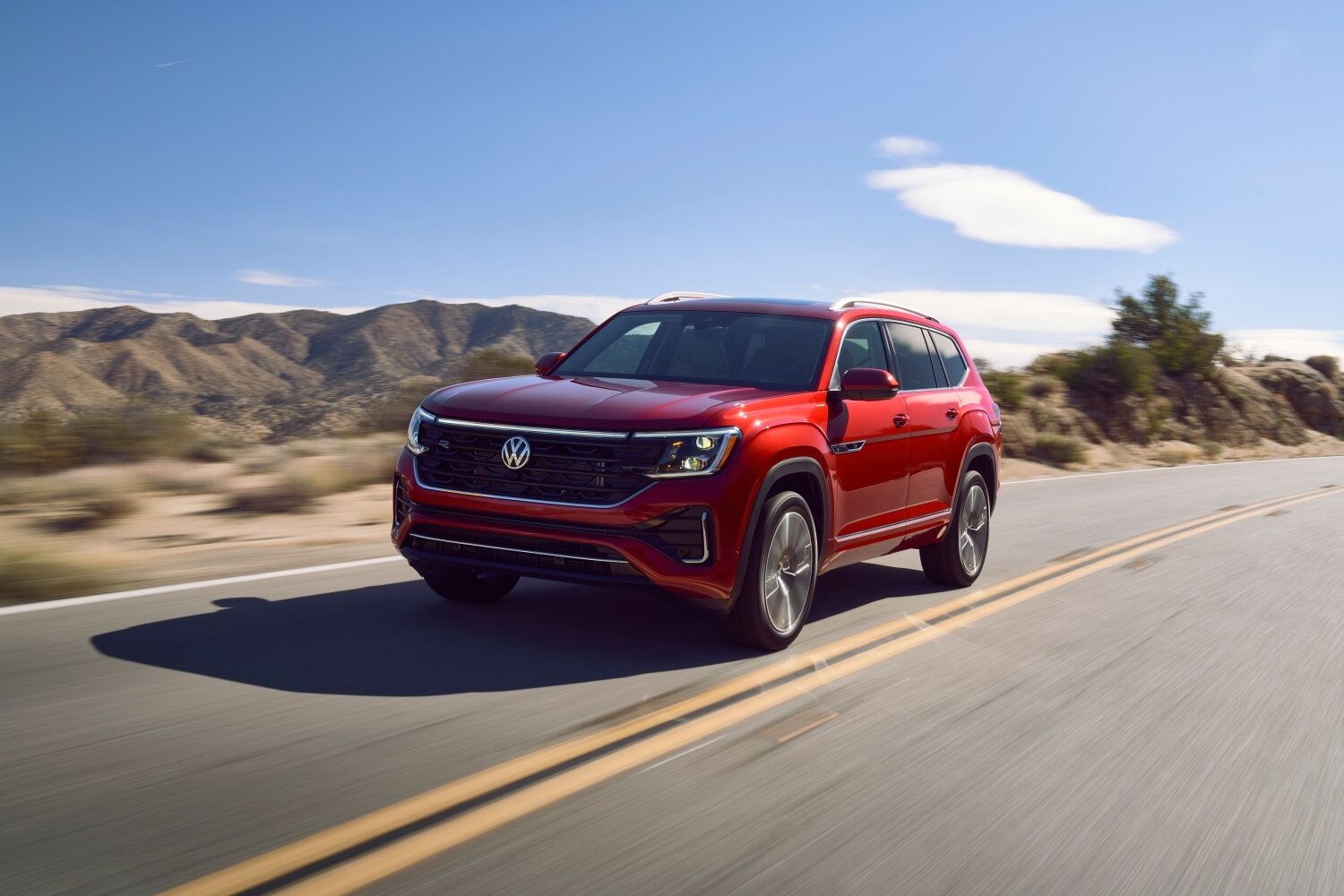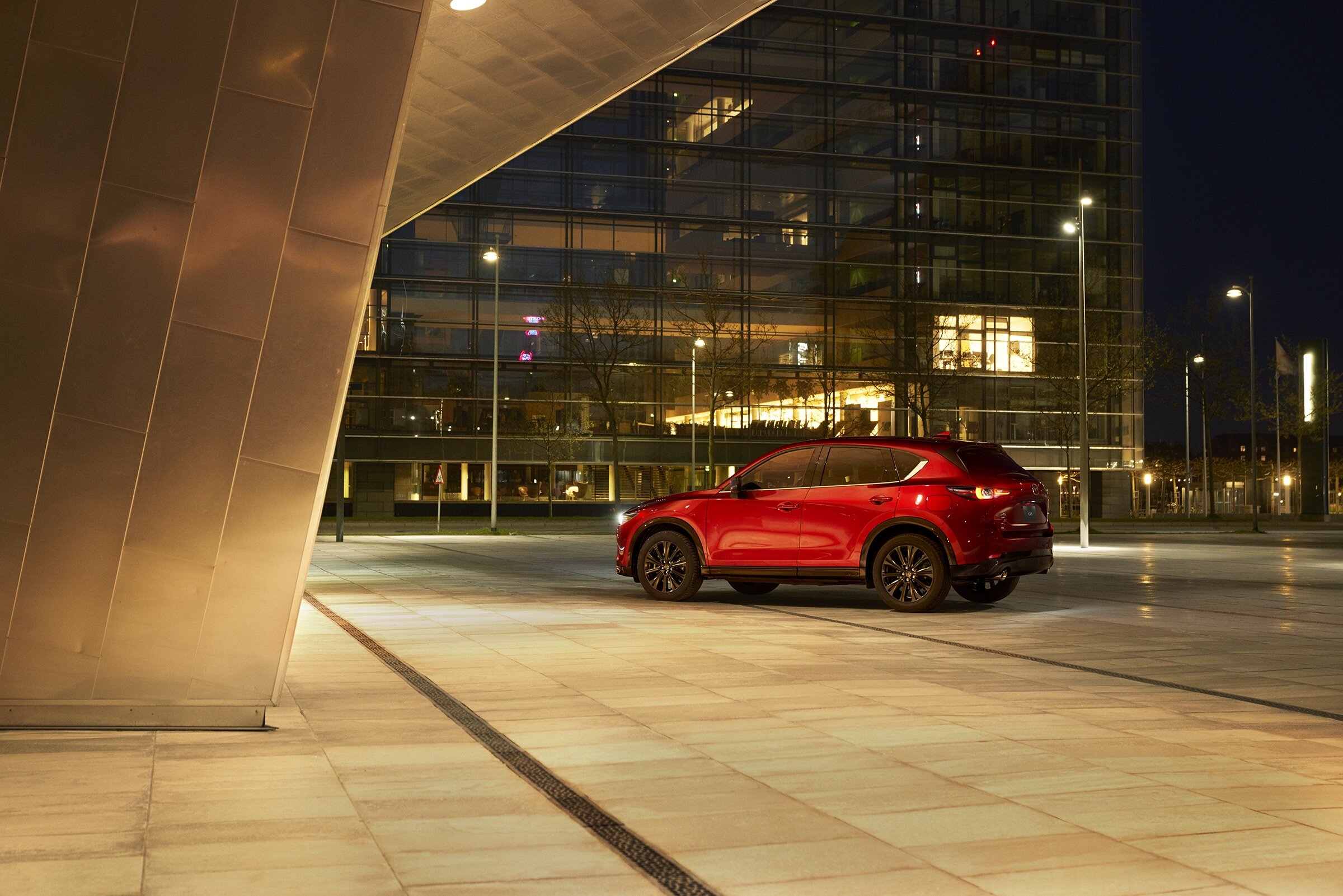First Impressions: Still Rugged After All These Years
Some vehicles evolve quietly. The Jeep Wrangler, on the other hand, announces its updates with a clatter of exposed hinges and a whiff of trail dust. I’ve spent most of my career tracking the incremental changes of this American icon, so sliding behind the wheel of the 2025 model feels like catching up with an old friend who’s just returned from boot camp familiar, but noticeably sharper around the edges.
Design and Presence: The Face of Authentic Off-Roading
The 2025 Wrangler doesn’t stray far from its roots. Jeep’s seven-slot grille remains, slightly tweaked for improved cooling, flanked by round LED headlights that manage to look both retro and high-tech. The boxy silhouette persists there’s simply no mistaking it for anything else on the road. Even after decades, rivals like the Ford Bronco and Toyota 4Runner can’t quite replicate this blend of nostalgia and utility.
Walking around the new Wrangler, you notice subtle refinements: new wheel designs, updated fender vents, and on Rubicon trims a revised front bumper for better clearance. Doors still come off with a satisfying thunk. The windshield still folds (with more ease than before), though I’d wager most owners never bother. That said, these quirks are part of its charm and appeal to those who value authenticity over mere imitation.
Inside the Cabin: Where Buttons Meet Big Screens
Slip into the Wrangler’s cabin and you’ll find a notable leap in tech for 2025. Jeep’s latest Uconnect 5 system anchors the dashboard with a crisp 12.3-inch touchscreen a far cry from the button-festooned consoles of yesteryear Wranglers. Apple CarPlay and Android Auto are wireless as standard, which feels overdue but welcome.
Materials are still more rugged than plush; there’s some hard plastic here and there but also new trim options that lend an upscale air without sacrificing wipe-down practicality. The climate controls have that reassuring click when you turn them no haptic nonsense here, thankfully.
Seating comfort depends on trim level. The Rubicon’s bolstered seats keep you snug during off-camber antics, while the Sahara provides a softer perch for daily driving. Rear-seat legroom is fine for adults in the Unlimited four-door; two-door models remain best suited to occasional passengers or adventurous pets.
Engines and On-Road Performance: More Choices Than Ever
The Wrangler enters 2025 with a familiar powertrain roster: the stalwart 3.6-liter Pentastar V6 (285 hp, 260 lb-ft), a punchy 2.0-liter turbo-four (270 hp, 295 lb-ft), a torquey EcoDiesel V6 (260 hp, 442 lb-ft; availability may vary), and for those with a penchant for excess the raucous 6.4-liter V8 in the Rubicon 392 (470 hp, 470 lb-ft). There’s also the plug-in hybrid Wrangler 4xe (375 hp combined) for buyers seeking both torque and lower emissions.
On pavement, the Wrangler feels much as it always has: solidly built but not exactly athletic. The steering is improved versus previous generations there’s less play on-center but it’s still more truck than sports car. Ride quality has been gently refined; you’ll notice less head toss over potholes compared to older JK models, though it remains stiffer than a Bronco on coil springs.
The real surprise is cabin quietness at highway speeds. Jeep has added more sound insulation for 2025, making conversations easier at 75 mph a subtle yet significant improvement over both earlier Wranglers and even some direct competitors like the Toyota 4Runner.
Trail Credentials: No Pretenders Allowed
If you’re reading this review, chances are you care about more than mall crawling. Every Wrangler trim offers true four-wheel drive with low range; opt for Rubicon and you get locking differentials front and rear, disconnecting sway bars, and up to 12.9 inches of ground clearance (depending on tires). Approach and departure angles remain best-in-class.
Jeep claims water fording capability up to 34 inches (with proper prep), which rivals or exceeds what you’ll find in a Bronco Sasquatch or Defender X-Dynamic SE. Out on Michigan trails, I found traction plentiful even in greasy spring mud; articulation is as impressive as ever thanks to solid axles front and rear.
Efficiency and Ownership Costs: Pragmatism Meets Passion
Fuel economy isn’t typically why folks buy Wranglers and that hasn’t changed for 2025. EPA estimates range from around 17 mpg city/23 highway for V6 models to roughly 20/24 mpg with the turbo-four (actual numbers may vary by trim). The plug-in hybrid Wrangler 4xe can deliver up to about 21 miles of electric-only range before reverting to hybrid operation; in my experience, that’s enough for most urban commutes but not much more.
Insurance rates tend to run high due to repair costs after off-road mishaps or theft risk. Routine maintenance is straightforward solid axles mean fewer things to break but expect tire replacements if you indulge your rock-crawling urges regularly.
Day-to-Day Life: Usability Beyond the Trail
Despite its off-road focus, recent Wranglers have become easier to live with daily. The ride is less punishing than in previous decades; ingress/egress is manageable thanks to wide-opening doors (though running boards help). Visibility remains excellent thanks to upright glass all around something few modern SUVs can match.
Cargo space in four-door Unlimiteds is competitive at about 31 cubic feet behind the rear seats (figures may vary slightly by configuration), expanding to over 72 cubic feet with seats folded a bit less than a Bronco but handier than many crossovers.
The Competition: How Does It Stack Up?
The Ford Bronco looms large as Wrangler's most direct rival. On-road manners tip in favor of the Bronco it feels less jittery on pavement and offers independent front suspension but when it comes to trail durability and aftermarket support, Jeep still leads by a nose. The Toyota 4Runner offers bulletproof reliability but lags behind in technology and fuel efficiency.
Land Rover’s Defender brings European sophistication but costs significantly more when comparably equipped and long-term ownership costs can be unpredictable.
The Verdict: Enduring Appeal With Real Progress
After several days behind the wheel including city commutes, freeway slogs, and muddy detours I’m reminded why the Wrangler endures as both cultural touchstone and practical tool. It isn’t perfect: ride quality remains firm, fuel economy lags more modern crossovers, and creature comforts aren’t quite on par with some rivals.
Yet none offer quite the same blend of open-air fun, mechanical honesty, and unstoppable off-road ability. For buyers who value tradition with enough modernity sprinkled in the 2025 Jeep Wrangler remains at the top of its class.
It may not win every comparison chart on paper but out in the wild or even just rolling through downtown Detroit with the top off it makes a compelling case for itself every single time.

